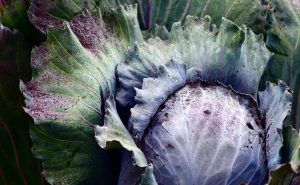Let’s take a deep look at the world of summer flowers, including the best timing for planting them, as well as tips for selecting and caring for your blooms.
Understanding the Growing Season
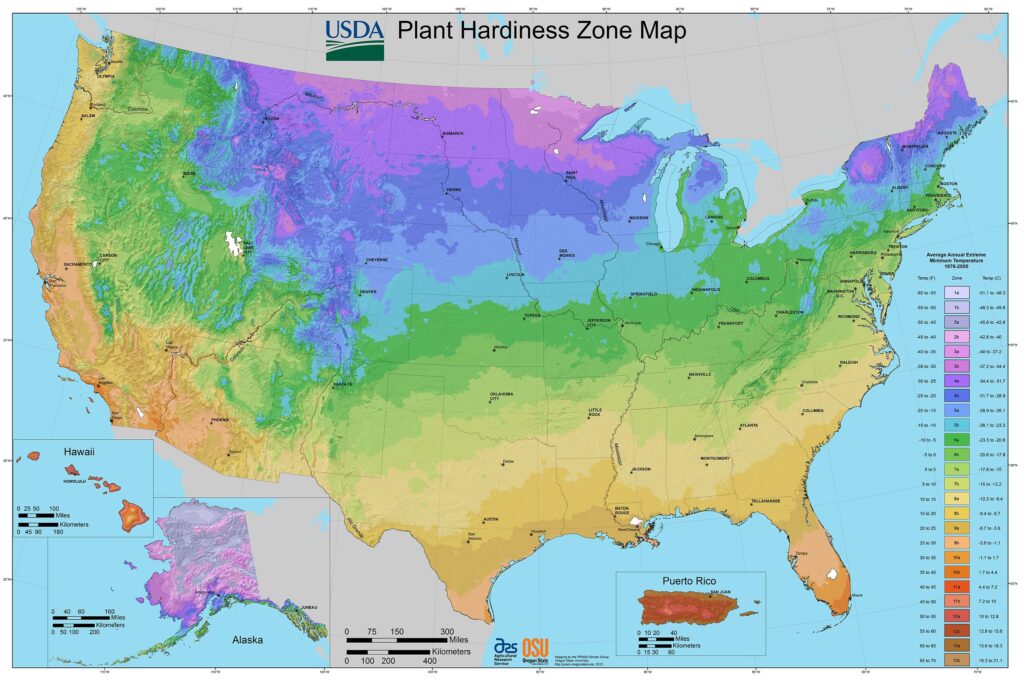
Before we delve into the specifics of planting summer flowers, it’s important to understand the gardening calendar and how it varies across different regions. Most areas experience a definitive growing season, dictated by their climate and the whims of nature.
In general, the growing season begins after the last frost date of spring and continues until the first frost of fall. Knowing your region’s planting zone can be beneficial. The USDA Plant Hardiness Zone Map is an excellent resource for determining your area’s frost dates and climate characteristics. Most summer flowers thrive when planted after the danger of frost has passed and daytime temperatures consistently stay above 60°F (15°C).
It’s worth noting that some regions, particularly those with milder winters, may allow for earlier planting. However, these general guidelines serve as a good baseline for cultivating summer flowers.
The Optimal Planting Times
Post-Frost Planting
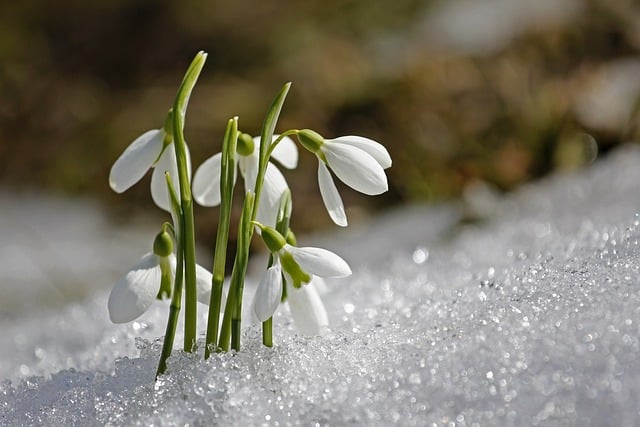
For many zones, the ideal time to plant summer flowers is late spring to early summer. Generally, you should wait until at least two weeks after your last expected frost date. For many parts of the United States, this falls between mid to late March and can extend well into early June, especially in the northern states. To play it safe, be sure to check your local based gardening resources as they may provide specific dates relevant to your area.
Timing for Seeds vs. Transplants
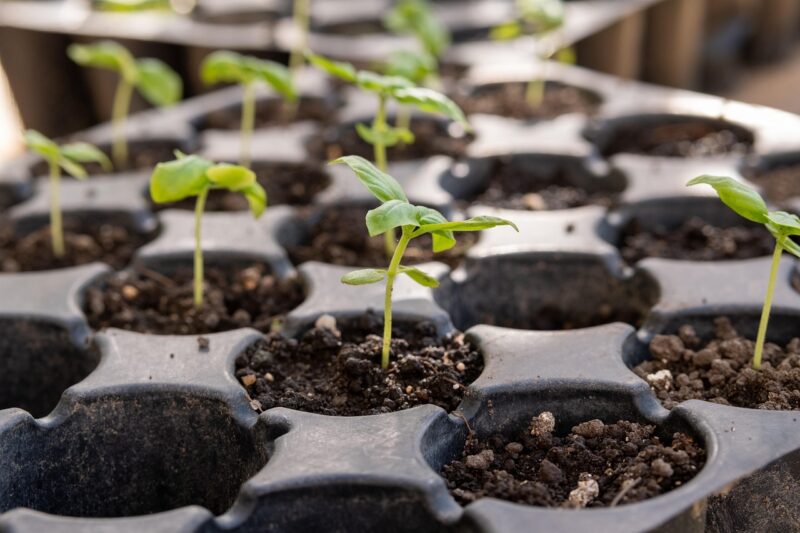
If you’re starting from seed, you can often get a jump on the growing season by starting indoors six to eight weeks before the last frost date. For example, if your final frost date is around May 15, you could begin sowing seeds indoors as early as late March to early April. This gives your plants a head start and allows for a more robust garden by early summer.
Alternatively, if you’re using transplants or nursery-grown plants, wait until the temperatures are consistently warm—that means late spring—to transplant them outdoors. This typically means waiting until around mid to late May for most regions.
Varietal Considerations
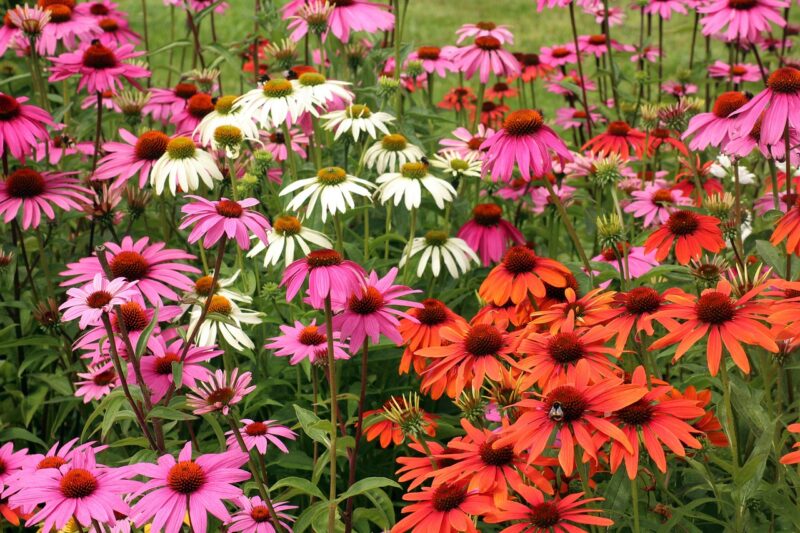
Different varieties of flowers also have different planting needs. For example, some summer blooms thrive better when planted early in the season, while others prefer a slightly later onset. Here’s how to categorize some popular summer flowers:
Warm-Season Annuals: Such flowers, like marigolds, zinnias, and petunias, should be planted after the last frost.
Perennials: Many perennials, such as echinacea or daylilies, can actually be planted in either spring or fall, offering versatility.
Tender Perennials: Flowers like sweet potatoes and dahlias should be planted in late spring, once all risk of frost has passed.
Understanding these nuances helps you time your flower planting to ensure the best results and successful growth.
The Perfect Conditions for Planting
Soil Preparation

Before you even think about planting, it’s crucial to prepare your garden bed. Start by ensuring your soil is amended to promote healthy growth. This means testing the soil pH, adding organic matter, and making sure it’s well-drained. Flowers can become stunted if their roots sit in waterlogged soil.
Amend the soil with compost or a well-balanced fertilizer, creating a fertile environment that will help your summer flowers thrive. Don’t forget to loosen the soil at least 12 inches deep, allowing roots to penetrate deeply and access the nutrients they need.
Weather Conditions
Consider the weather when planning your planting day. Ideally, you want to plant on a mild day with overcast conditions, which helps reduce the stress on transplants. If temperatures are soaring during the early summer days, it might be wise to wait for a cooler, overcast day.
In regions prone to heavy rain during early summer, consider delayed planting to ensure your tender blooms don’t get washed away or suffer from standing water.
Sunlight Availability
Select a time for planting when you can ensure a favorable light environment for your flowers. Most summer blossoms prefer full sun, which means about six to eight hours of direct sunlight daily. Aim to plant in an area that receives sufficient sun to avoid leggy growth or a failure to bloom.
Choosing the Right Flowers for Summer Planting
With the timing down pat, make your flower selection based on several key factors: local climate, garden style, and personal preferences. Here’s a roundup of popular summer flowers that thrive when planted during this time:
Sunflowers
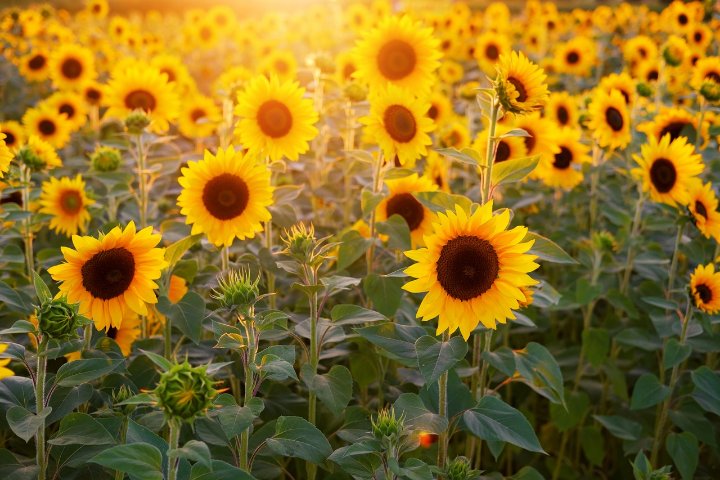
These towering beauties bring a burst of sunshine to any garden. Sunflowers are hearty and thrive in warm weather. They prefer to be sown directly into the ground once all frost has passed, typically in late spring. By mid-summer, your garden can be awash in vibrant yellows and oranges.
Dahlias
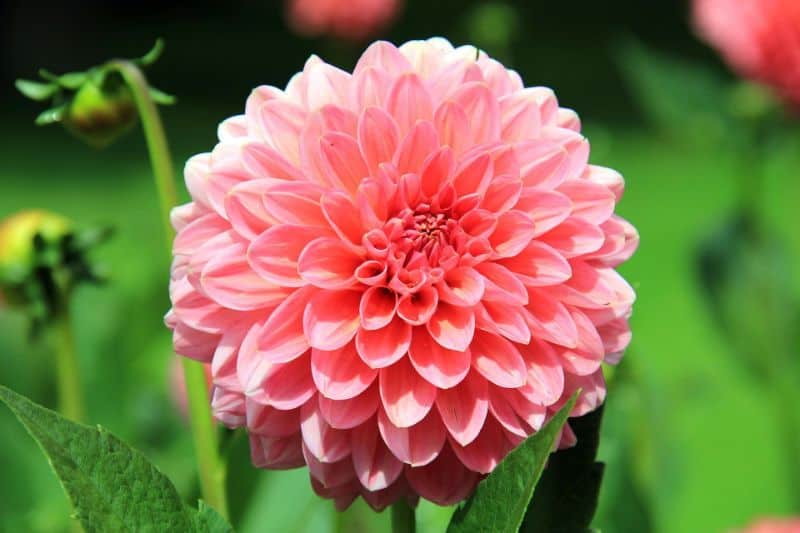
Known for their intricate blooms, dahlias are stunning summer flowers that prefer to be planted after the last frost has cleared. They do wonderfully in late spring to early summer. Their variety in color and size makes them a favorite among gardeners who wish to create dramatic impact in their garden.
Cosmos
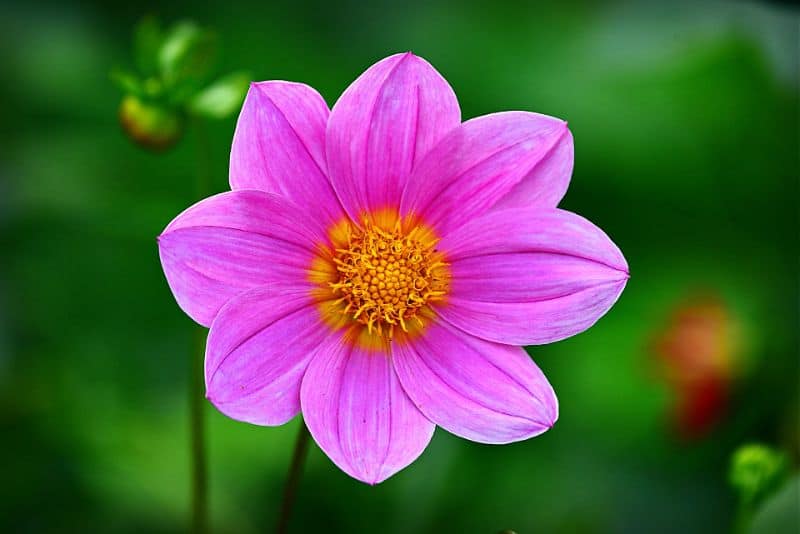
These whimsical flowers are a delightful addition to any summer garden. Cosmos are incredibly easy to grow from seed and thrive in hot weather. They’re best sown directly in the garden after the danger of frost has passed to flourish all summer long.
Zinnias
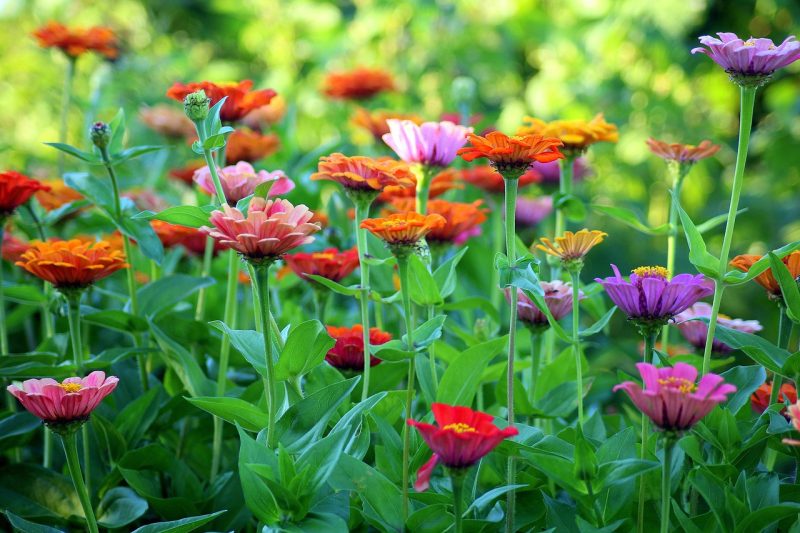
Zinnias are another popular flower that flourishes in warm weather. These hardy annuals can be direct-seeded into the garden after the last frost for a summer-long bloom burst. Available in a rainbow of colors, they’re also excellent for attracting butterflies.
Petunias
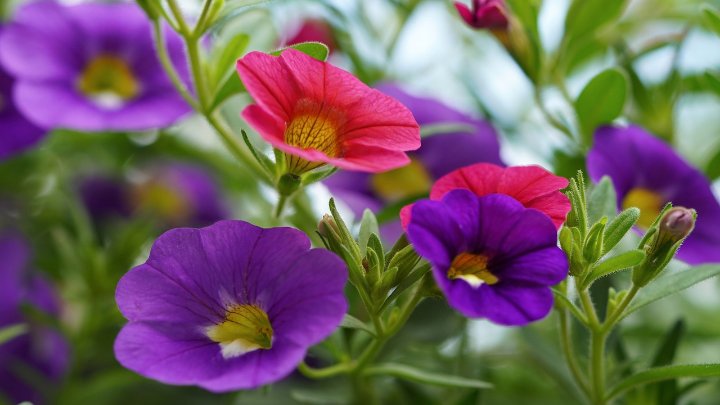
Bringing a wave of color with their trumpet-shaped blooms, petunias can be planted as transplants or directly seeded once the threat of frost has passed. They’re perfect for pots, hanging baskets, or garden beds, providing a summer showstopper in various colors.
Wildflowers
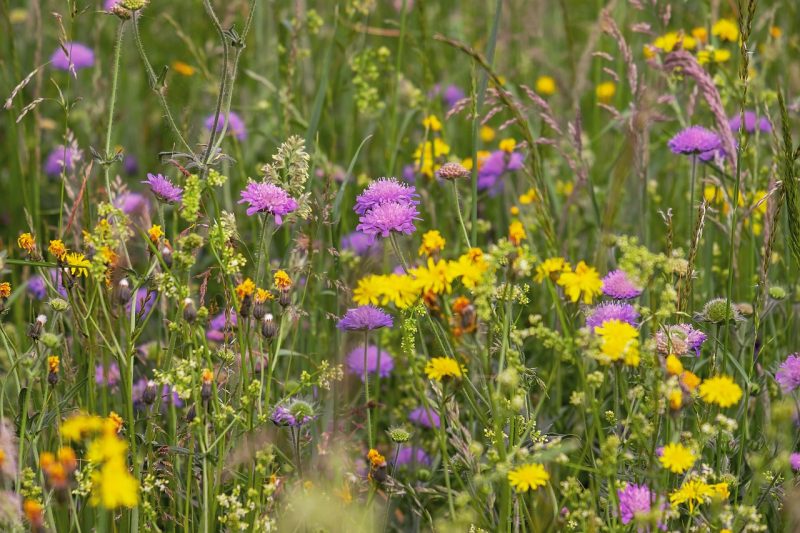
For the more adventurous gardeners, consider planting a mix of wildflowers. These can often be sown directly into the soil in late spring and offer a seasonal surprise. Not only do they create a vibrant patch of blossoms, but they often require less maintenance than cultivated flowers.
Plant Care After Planting
Once those seeds or transplants are in the soil, the work does not stop there. Proper post-planting care is essential for maintaining the vibrancy of your garden throughout the summer. Here’s what you need to keep in mind:
Watering Regularly
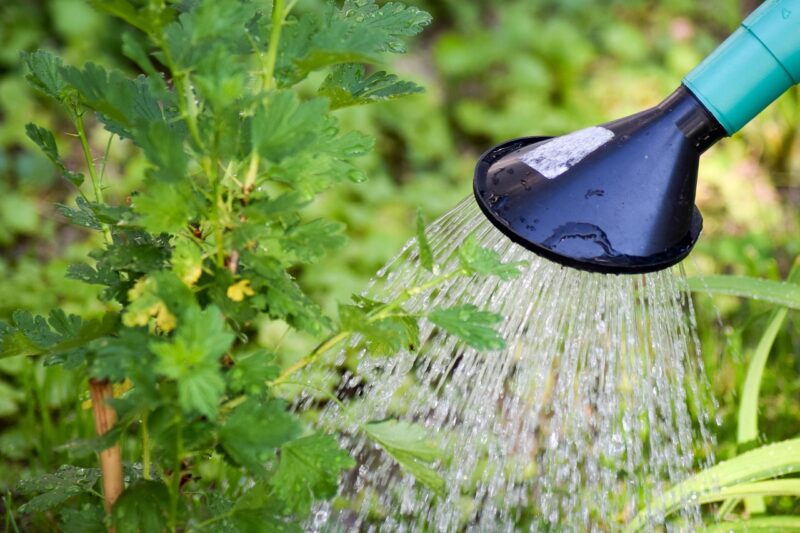
Water is vital for the establishment of new plants. During the first few weeks after planting, focus on keeping the soil consistently moist, especially if rainfall is scarce. Gradually decrease watering as the plants establish their root systems. Morning watering is best, as it allows foliage to dry throughout the day and minimizes disease risk.
Mulching
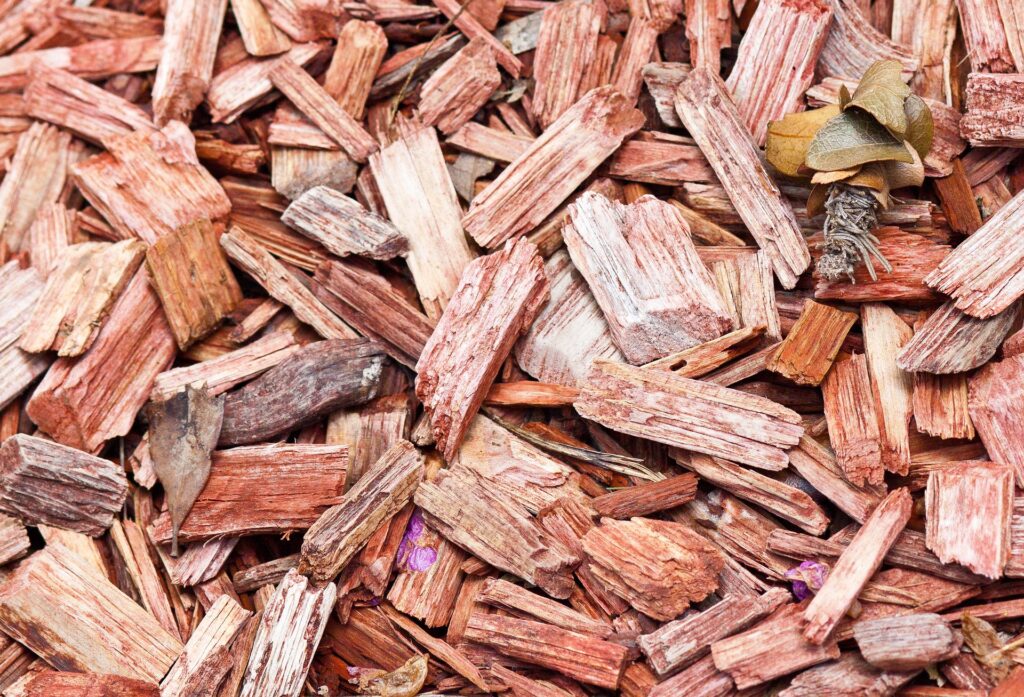
A layer of mulch around the base of your flowers can help retain soil moisture, suppress weeds, and regulate soil temperatures. Organic mulches, like shredded leaves or straw, not only improve the aesthetics but also decompose over time, adding nutrients back to the soil.
Fertilization
While many summer flowers thrive in nutrient-rich soils, an occasional boost of fertilizer can promote abundant blooms. Use a balanced, slow-release fertilizer at the beginning of the growing season or a water-soluble fertilizer during their active growing phase. Be cautious not to over-fertilize, as this can lead to lush foliage but minimal flowers.
Deadheading and Pruning
To encourage continuous blooming, regularly deadhead spent flowers. This practice redirects energy from seed production back to flower development. Additionally, don’t hesitate to prune any overgrown or leggy branches. This helps improve airflow and keeps plants healthy.
Conclusion: A Season of Color Awaits
Knowing when to plant summer flowers involves an understanding of your local climate, soil conditions, and the specific needs of your chosen blooms. By timing your planting correctly and caring for your flowers after planting, you can create a spectacular summer garden that bursts with color and life.





